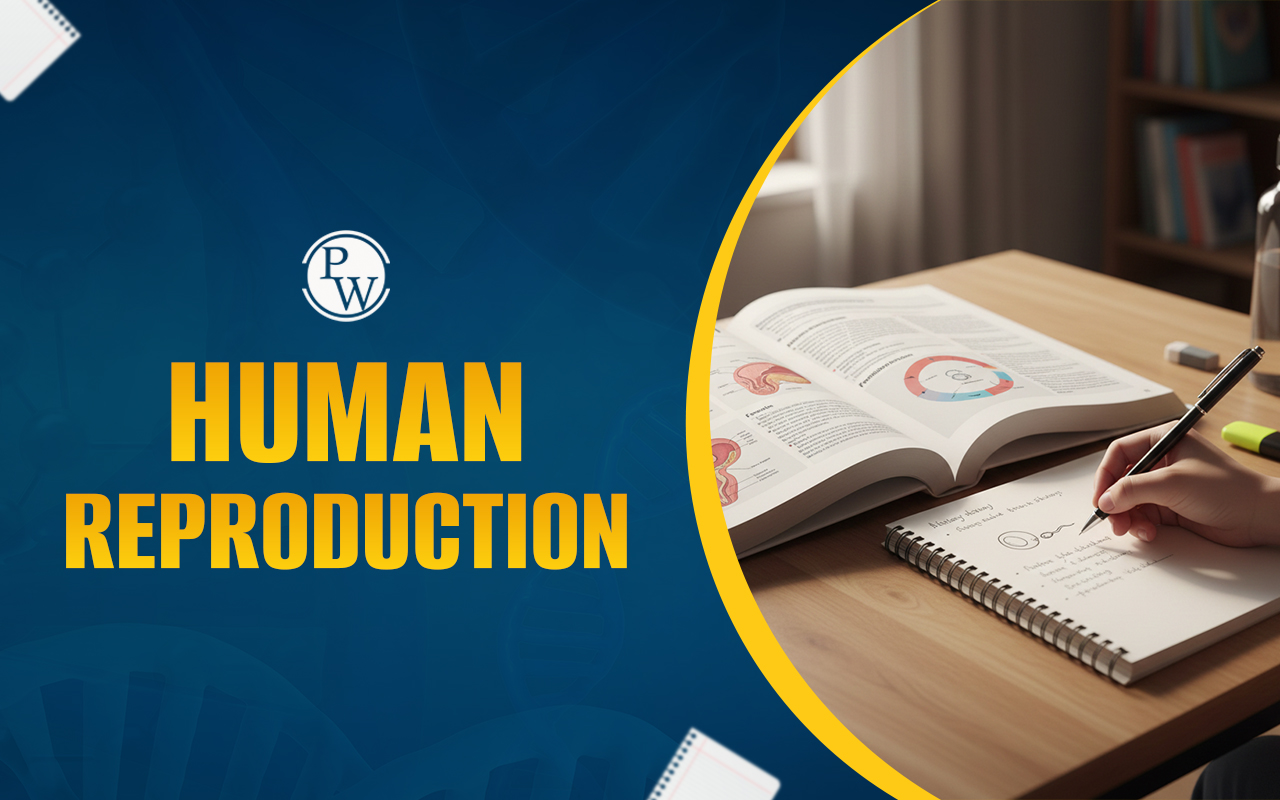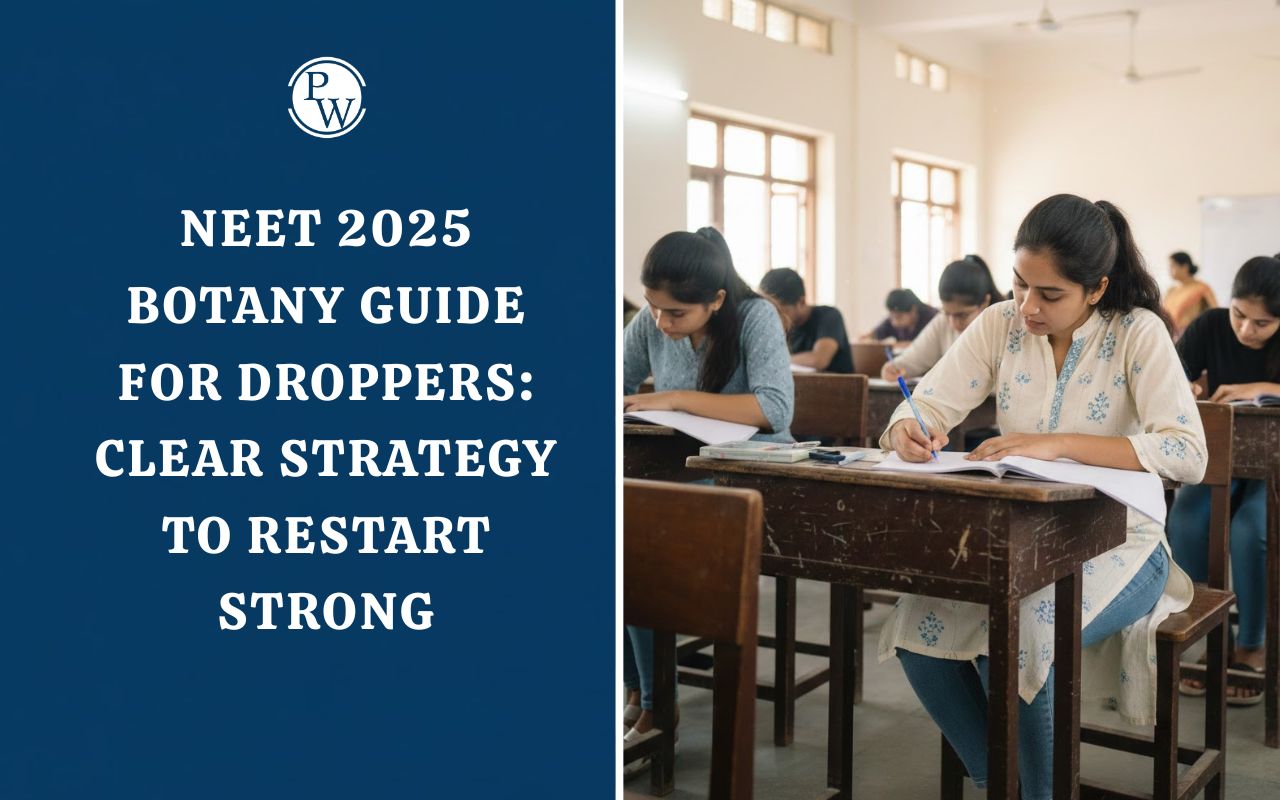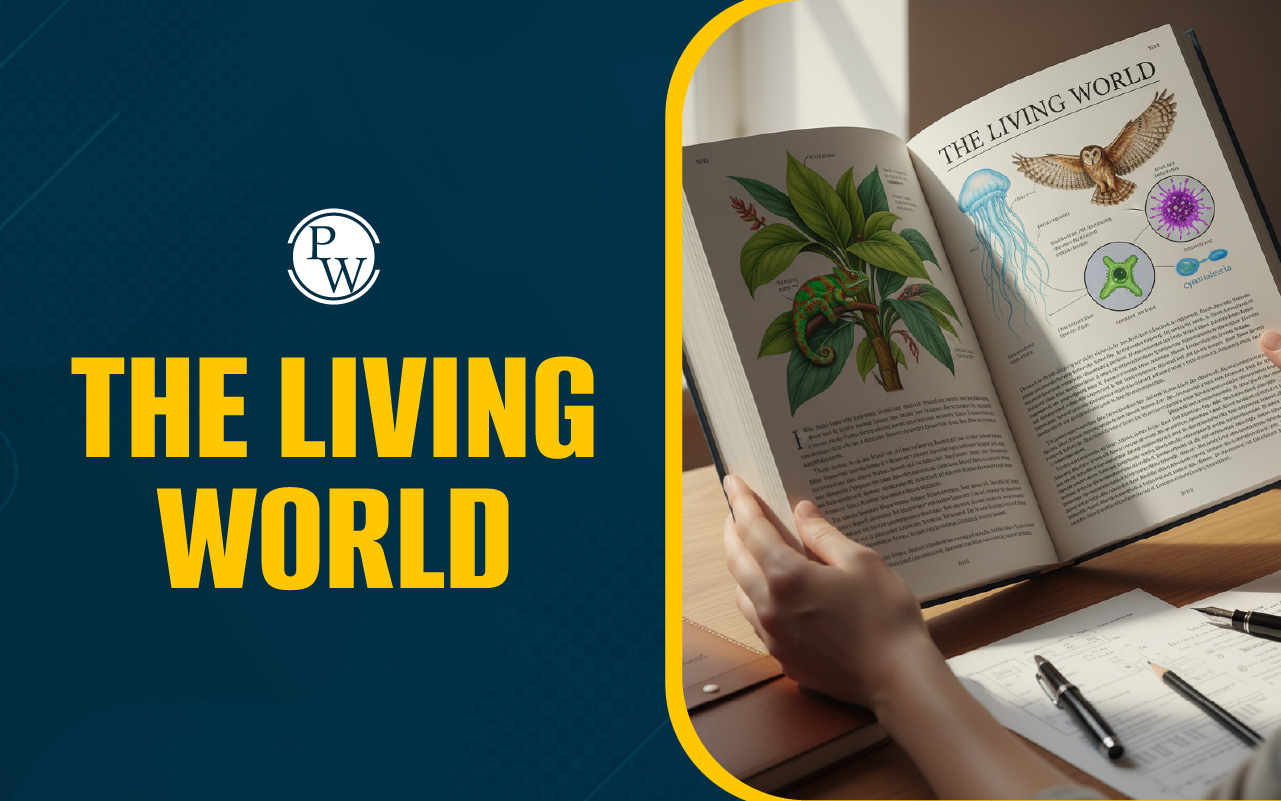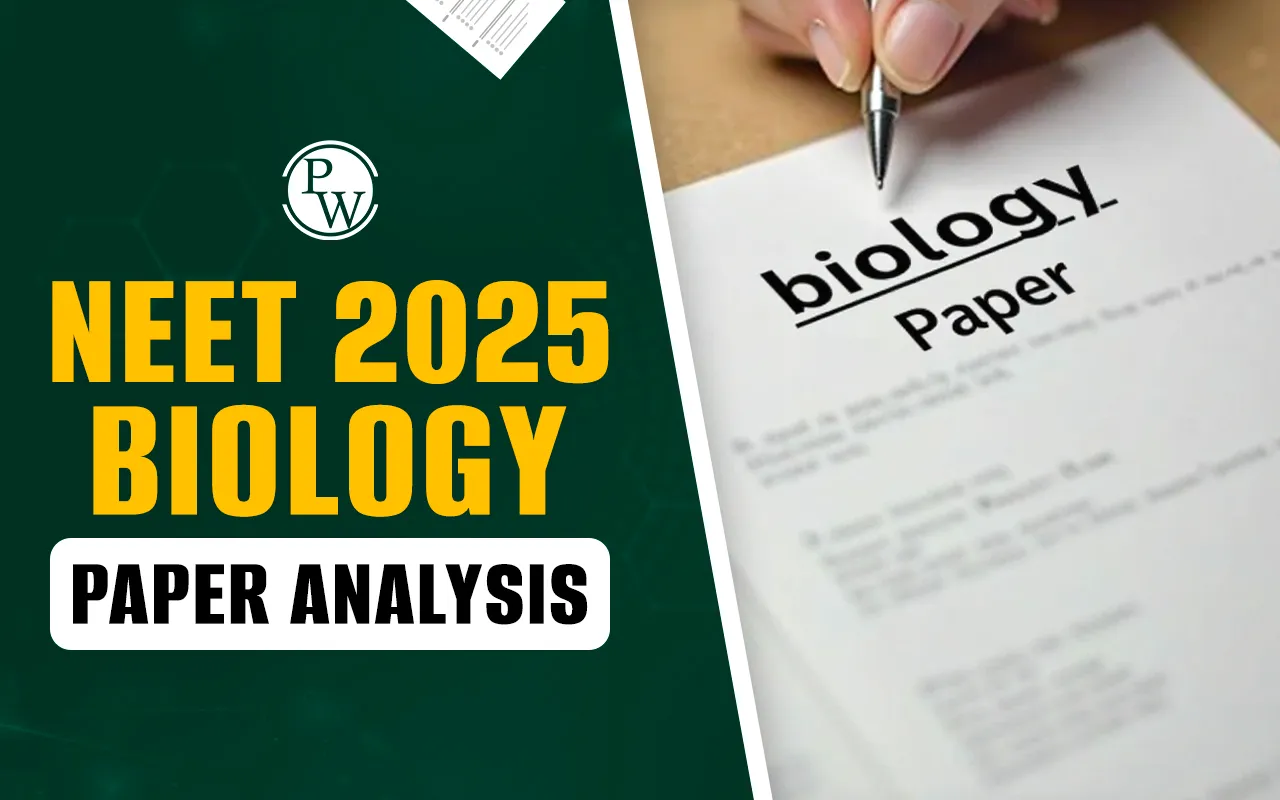

Difference Between Tracheids And Vessels: Plants, as multicellular eukaryotes, are composed of various tissues that serve specialized functions. Two key elements are present within the xylem, which conducts water: tracheids and vessels. Tracheids are the principal conduits in ferns and gymnosperms, while vessels are characteristic of angiosperms. Tracheids have a narrower structure than vessels, with vessels featuring perforation plates near their cell ends.
| NEET Biology Syllabus | NEET Biology Diagrams |
| NEET Biology MCQ | NEET Biology Chapter wise Weightage |
| NEET Biology Notes | NEET Previous Year Question papers |
This structural difference contributes to the higher efficiency of water conduction in vessels than tracheids. Additionally, both tracheids and vessels provide mechanical support to plants. The primary distinctions between tracheids and vessels lie in their diameter and water-conduction efficiency. Refer to the article below for more about the difference between tracheids and vessels.
Difference Between Tracheids And Vessels Overview
Plants' vascular tissues, which include xylem and phloem, transport water and nutrients. Vascular plants grow higher than non-vascular plants. Water is necessary for photosynthesis and molecular movement. Xylem, or wood, efficiently conducts water in higher plants. It is made up of tracheary elements such as vessels, tracheids, parenchyma, and fibers. Tracheids, elongated cells in the xylem tissue, have tapered ends and a constant diameter along their length. They have thick secondary cell walls containing lignin, which provide strength and support. Tracheids are present in all vascular plants. On the other hand, vessels are tube-like structures formed by the fusion of several cells known as vessel elements. They are wider and shorter than tracheids, resulting in a continuous conduit for water transport. Vessels have perforation plates, regions where the end walls of vessel elements disintegrate to allow for efficient water movement. Angiosperms and some specialized gymnosperms are the most common hosts of vessels. The provided article goes into detail about the difference between tracheids and vessels.Difference Between Tracheids And Vessels
Tracheids are elongated cells found in the xylem of vascular plants that aid in the vertical transport of water and minerals. They have tapered ends and thick secondary cell walls with pits for water movement. Vessels, also known as vessel elements, are another type of cell found in xylem tissue. They are larger and wider than tracheids, with open-ended tubes for effective water conduction. Vessels are arranged end to end to form continuous channels for water transportation. The following table provides a detailed difference between tracheids and vessels.| Difference Between Tracheids And Vessels | ||
|---|---|---|
| Characteristic | Tracheid Element | Vessel Element |
| Occurrence | Found in all vascular plants and gymnosperms | Found only in angiosperms |
| Origin | Originates from a single cell | Originates from a long file of cells and forms a tube-like structure |
| Function | Facilitates transfer of water and mineral salts while providing mechanical support | Conducts water from roots to other plant parts while offering mechanical support |
| Perforation | Imperforate cell | Perforated cell |
| Cell Wall Thickness | Thin cell wall | Thick cell wall |
| Water Conduction | Inefficient due to lack of perforations | Efficient due to perforated cells |
| Cross-Section Shape | Polygonal | Circular |
| Surface/Volume Ratio | High surface/volume ratio | Low surface/volume ratio |
Tracheids Definition
Tracheids are elongated cells with pointed ends that make up the xylem in angiosperms, gymnosperms, and ferns. They provide mechanical support to the plant and aid in water transport against gravity due to their large surface area to volume ratio. Tracheids are formed from a single cell and die after maturation, leaving no cellular contents. They are vertically arranged in the xylem, without perforation plates, and have thin primary and thickened secondary walls. Water is transported between tracheids via bordered pit membranes, primarily in gymnosperms and some angiosperms. Tracheids, while less robust and efficient than vessels, play an important role in water and mineral transport by providing structural support and preventing air cavity blockage in vascular plants.Vessels Definition
Vessels are elongated, tube-like structures in the xylem, made up of vertical chains of individual cells. They are also referred to as xylem elements or members. Vessels are most common in angiosperms such as ferns but can also be found in gymnosperms like Gnetum, Ephedra, and Welwitschia. During maturation, the protoplast of xylem vessels degrades, rendering them nonliving. Lignin deposition thickens vessel cell walls, thereby improving structural integrity. Unlike tracheids, vessels have perforated ends and a perforation plate with one or more holes that allow water to flow in any direction. Vessels with pit membranes effectively transport water and minerals from the roots to various plant parts. Their strength is greater than that of tracheids, and they play an important role in mechanical support for plants.Physics Wallah provides the online coaching for NEET exam in India, with high-quality training at a reasonable price. NEET Online Courses by PW which have been skillfully designed to help students excel in their NEET exam preparation and succeed in the highly competitive NEET exam. Physics Wallah connects students with highly qualified teachers who specialize in explaining complicated ideas.
Difference Between Tracheids and Vessels FAQs
What are the functions of vessels and tracheids?
What are the primary functions of tracheids?
What are the main functions of vessels?
What is the collective term for tracheids and vessels?
Are tracheids single-celled?
Are vessels larger than tracheids?












